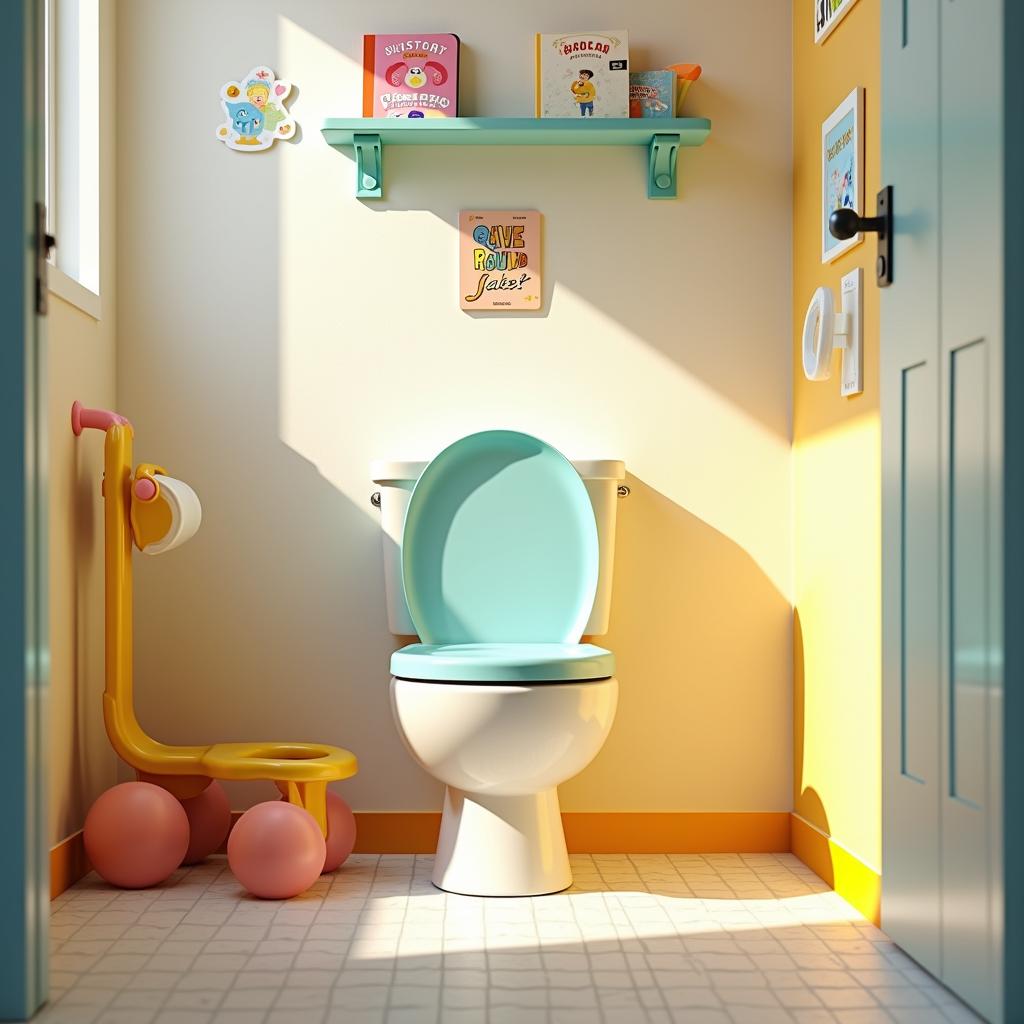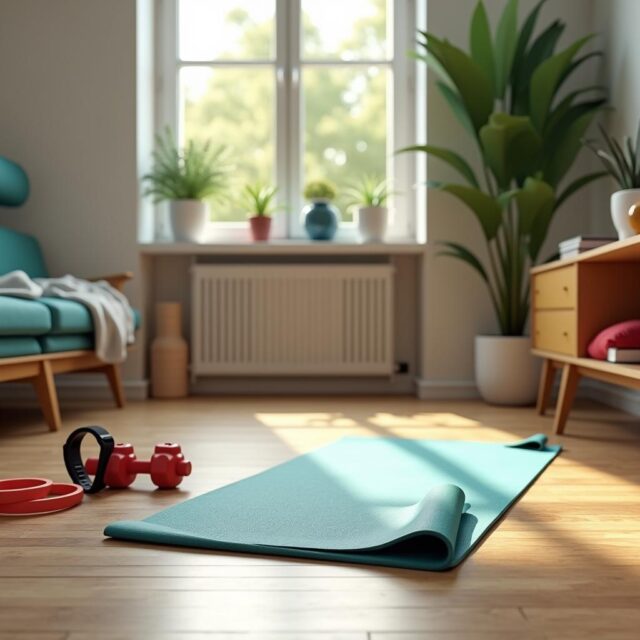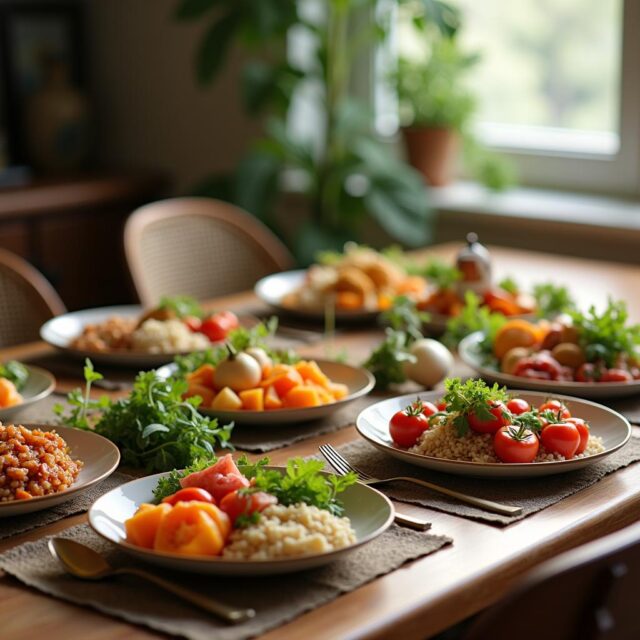Potty Training Tips: A Guide for Parents

Introduction
Hey there, potty training is a super important milestone in your kiddo’s journey, marking that exciting leap from diapers to the toilet! Now, let’s be real, this phase can feel like a wild ride for parents—full of ups and downs. But hold on tight! Knowing the right methods, what products to use, and how to tell if your little one is ready can make this adventure a whole lot easier. Buckle up, because in this guide, we’re going to arm you with some awesome tips and insights to ensure your potty training experience shines, all while helping your child gain some sweet independence!
Table of Contents
- Understanding Potty Training
- When to Start Potty Training
- Signs of Readiness
- Potty Training Techniques
- Essential Products for Potty Training
- Creating a Potty Training Schedule
- Handling Accidents and Setbacks
- Making Potty Training Fun
- Supporting Your Toddler Throughout the Process
- Conclusion
- Frequently Asked Questions
Understanding Potty Training
Alright, let’s break it down! Potty training—sometimes called toilet training or learning to use the toilet—is all about teaching your little one how to use the toilet for both peeing and pooping. Fun fact: kids often start to show readiness anywhere between 18 months to 2 years, but the sweet spot for fully training usually hovers around 4 years. But listen, every child is unique, so it’s extra important to tackle this transition with heaps of patience and a sprinkle of understanding!
Fun historical tidbit: potty training methods have come a long way! Way back, practices were shaped by what society thought and what resources were on hand. Nowadays, we lean on insights from behavioral and cognitive psychology. Choose techniques that vibe best with your family, while being flexible to fit your child’s individual style!
When to Start Potty Training
Timing is everything, folks! When you kick off potty training can totally change how your kiddo feels about it. Different cultures have different starting lines; some dive in right after birth, while others start between 18 months and 2 years. The golden rule? Focus on those signs of readiness instead of just ticking off a checklist based on age!
Signs of Readiness
Okay, so how do you know your toddler is ready to take the plunge into potty training? Keep an eye out for these telltale signs:
- Your child can stay dry for a couple of hours (at least two!).
- They’re curious about the bathroom or excited to wear underwear.
- They can follow simple instructions or let you know when they need to go.
- Your child seems uncomfortable in a dirty diaper and asks for a change.
Just remember, every little one is on their own timeline, so don’t rush it! Hurrying through this phase can lead to frustration for both you and them.
Potty Training Techniques
Now, let’s talk tactics! There’s a smorgasbord of potty training techniques, and what works for one crew might not for another. Here are some popular options to consider:
The Child-Oriented Approach
This method is all about letting your child take the lead. Observe them, give loads of praise, and encourage instead of pressuring. This approach is often way less stressful—perfect for those kiddos who are a little more sensitive!
The Parent-Directed Approach
In this strategy, you, the parent, set the tone. You create a routine and guide their training process. Think specific bathroom times and encouraging steady potty use. Some parents swear that having a structured plan helps their littles adapt faster!
Using Punishment vs. Encouragement
Let’s get this straight: punishment isn’t the way to go when potty training. High-fives and small rewards for successful trips to the bathroom? That’s where the magic happens! Remember, little accidents are just part of the learning curve!
Essential Products for Potty Training
Ready to grab some gear? Choosing the right products can smooth that potty training transition like butter. Here’s a must-have list:
Training Pants
Training pants, or pull-ups, are your best friends here. They help your child take that leap from diapers to big kid underwear. Easy to pull up and down, they promote independence and come in handy reusable or disposable styles—so you’re covered either way.
Potty Chairs
A lot of parents opt for a cute potty chair to help their toddlers feel comfy. Let your child pick their potty chair—it’s all about making it personal and fun! Check out some great potty chair options over at Mega Choice Bazaar.
Children’s Books and Videos
Get your kiddo excited with some fun potty training books and videos! Using stories with their favorite characters can make the whole process relatable and tons of fun.
Creating a Potty Training Schedule
Sticking to a consistent schedule can be a game-changer in your child’s potty training journey. Aim for bathroom visits every couple of hours, after meals, or before bedtime. This creates a routine and helps your toddler know when it’s time for potty breaks.
Handling Accidents and Setbacks
Heads up: accidents will happen—that’s just part of the experience! When it happens, handle it with care and patience. If your little one has an accident, stay calm and reassure them that this is all part of learning. Focus on encouraging them to bounce back and not on assigning blame!
Making Potty Training Fun
Let’s inject some fun into the process! Here are a few ideas to create a supportive and enjoyable atmosphere for potty training:
- Use stickers or a reward chart to celebrate progress.
- Read lively potty training books together for giggles.
- Sing catchy potty songs to make the experience joyful!
Supporting Your Toddler Throughout the Process
Emotional support is key during this journey. Shower your little one with encouragement, celebrate those tiny victories, and be patient when setbacks happen. Showing empathy helps build their confidence and lets them know you’re in this together!
Conclusion
So, let’s wrap this up! Potty training is a big deal that calls for a heap of patience, a pinch of understanding, and a solid plan. By tuning into your child’s readiness, utilizing the right techniques and products, and keeping a positive vibe, you can turn this experience into a win for both of you! Remember to celebrate every bit of progress and flip challenges into golden learning moments. For top-notch products along the way, check out Mega Choice Bazaar; they’ve got everything you need for a grand potty training adventure!
Frequently Asked Questions (FAQ)
What age should I start potty training my child?
Most kids are ready between 18 months and 2 years, but don’t stress if some take a bit longer! Watch for signs of readiness instead of just counting the months.
What if my child isn’t interested in potty training?
Don’t force it! Sometimes giving them a little breathing room and waiting until they show genuine interest can really pay off.
How do I handle accidents during potty training?
Stay chill and avoid punishment. Reassure your child that accidents are a normal part of learning!
Should I use a potty chair or a toilet adapter?
It really comes down to what your child feels comfy with! A potty chair might be less intimidating, while some toddlers might prefer the big toilet with an adapter.
How long does potty training usually take?
It can vary widely, taking anywhere from weeks to several months. The key to success is all about consistency and encouragement!









Leave a comment